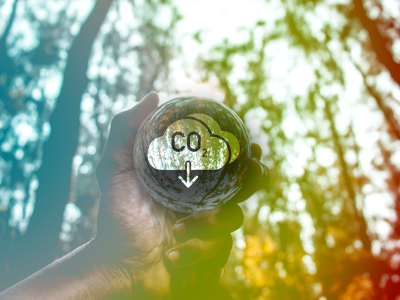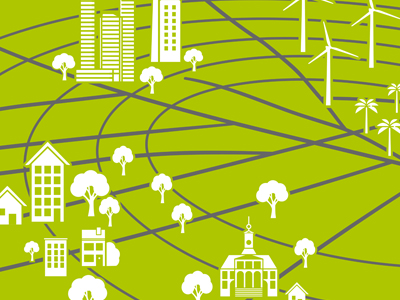Overview
Learn about types and sources of industrial emissions and tools to mitigate them. Learn what the options are for climate-neutral electricity and review the strategies for dealing with the variability of renewable energy.
This course is designed for the next generation of policy-makers, sustainability consultants or professionals and students from various fields who want an overview of climate change mitigation strategies in industry and electricity generation and apply them to their own projects.
This course covers a wide variety of topics in the industry and electricity generation domains, from the current situation to the challenging mission of becoming climate-neutral. Specifically:
- Industry - You will learn about types and sources of industrial emissions. You will also learn about the existing technological options, methodologies and tools to mitigate emissions (mainly GHG) inside and outside the boundaries of the industrial plant.
- Electricity generation - you will learn what the options are for climate-neutral electricity and review the strategies for dealing with the variability of renewable energy, as well as how energy system modeling is used to devise plans and policies for the energy transition.
The course includes videos, examples, interviews with experts, exercises and quizzes so that you can master and practice what you have learnt and explore mitigation strategies through real life examples. Enriched by relevant readings and discussion forums, this course will let you dive deeper into specific areas of interest you might have and further facilitate your learning experience.
Course material and exercises will be complemented by relevant content about policy, through which you will also discover current measures taken by governments world-wide.
What You'll Learn
- Review the industrial sources of emissions and existing technological options to mitigate them.
- Identify available methods and tools used to evaluate and deploy specific measures to mitigate emissions in the industrial sector beyond the boundaries of a single company.
- Describe how the electricity system works and assess the resource potential, costs, and variability of different renewable generation options.
- Explain the three main ways to deal with renewable generation variability and interpret energy system modelling results in order to quantify their trade-offs.
Details
Course Syllabus
The course is organized across four units. Each unit is split into five or six modules. A brief summary of each unit is presented below. Detailed instructions and resources will be provided during the course.
1. Industrial sector contribution to GHG emissions and mitigation measures
In the first week of the course, you will examine the role of industry as source of emissions. You will discuss the metrics and indicators that can be used to monitor GHG emissions, and will come to understand the role of different mitigation options inside the boundaries of the industrial plant.
The content is split into six modules:
- Industrial sources of emissions and main mitigation options
- Gas, solid and liquid emissions
- Energy efficiency and avoiding CO2 emissions
- Heat integration
- Renewable sources
- Carbon capture, utilization and storage
2. System thinking in the industrial sector
In week two you will explore the main methodologies and tools that are currently used to evaluate and motivate climate change mitigation options beyond the boundaries of a single company. You will see that these measures have not only benefits, but also trade-offs.
The content is split into four modules:
- Industrial Ecology and system thinking
- Environmental life cycle assessment
- Trade-offs, synergies and industry 4.0
- Governance of integrated energy systems
3. Climate-neutral electricity: the pivotal role of renewables
In week three you will focus on climate-neutral electricity, especially renewables: wind, solar, water. These technologies are likely to form the backbone of any climate-neutral energy system, but you will also discuss them in the context of other options. The five modules are:
- How the electricity grid works
- Quantifying renewables costs
- Quantifying renewables variability
- Quantifying renewables resources
- Other climate-neutral electricity technologies
4. Managing renewable variability and planning the energy transition
In the fourth and final week you will first systematically explore the available options for dealing with the variability of renewable electricity generation, before zooming out and looking at the role of energy system models in quantifying the trade-offs between different options and guiding policy and planning. The five modules are:
- Designing for variability 1: Geographical balancing
- Designing for variability 2: Storage
- Designing for variability 3: Demand response and dispatchable supply
- Examining trade-offs between different options: energy system models
- Case study: Designing options for the energy transition
Admission
This is a Massive Open Online Course (MOOC) that runs on EdX.
Prerequisites
Basic math and chemistry/technology at high school level.


